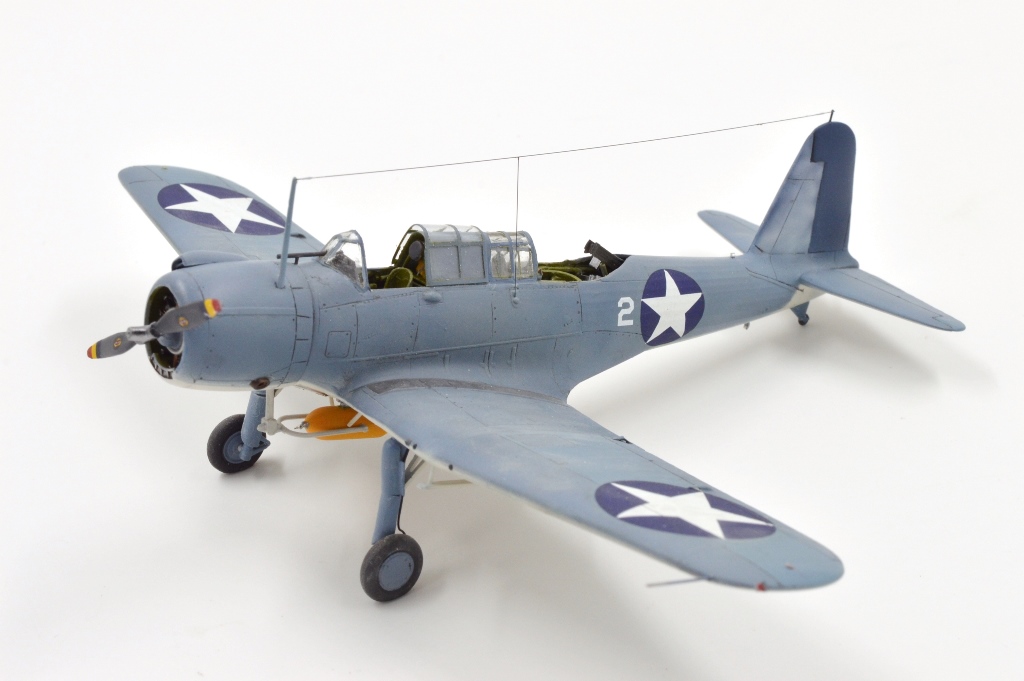An obscure footnote to the Battle of Midway is that it marked the first use of the Yokosuka D4Y1-C in combat. The type endured a protracted developmental history, one persistent problem being aerodynamic flutter when in a dive. This precluded the D4Y from being used in its intended dive-bombing role until the issue could be rectified, but the range and speed of the Judy made it an ideal reconnaissance platform. Two developmental aircraft were outfitted for the reconnaissance role and embarked aboard the aircraft carrier Soryu for the Battle of Midway. One aircraft was damaged in a landing accident during the transit to Midway and did not participate in the battle, being relegated to Soryu’s hanger deck. The second was launched by Soryu during the battle, crewed by PO1c Masatada Iida (pilot) and WO Isamu Kondo (observer), and was the first Japanese aircraft to confirm the presence of all three American carriers. Radio problems delayed this vital intelligence from reaching the Japanese fleet, and in the interim Soryu was hit by American dive bombers, forcing the Judy to recover aboard Hiryu. Hiryu’s respite was brief, and the Judy went down with Hiryu when she was sunk later in the day.
No photographs survive of either of Soryu’s Judys, so the markings are to some degree open to interpretation. Hiryu and Soryu switched places within the 2nd Carrier Division between the Pearl Harbor Raid and the Battle of Midway, Hiryu becoming the flagship. By protocol, Hiryu’s aircraft should have been repainted with one blue band on the fuselage and tail codes beginning with BI-, while aircraft embarked on Soryu should carry two blue fuselage bands and tail code BII-. It is not certain the aircraft were repainted and so the markings may still have been as they were at Pearl Harbor, but I have depicted the model as if they had been changed. The numbers in the tail code are conjecture. Some artists render Soryu’s Judy with the yellow wing identification bands, but this is clearly an error as those were not introduced until September. Likewise, I have depicted the undersurfaces in Gray Green rather than Light Gray.









































































